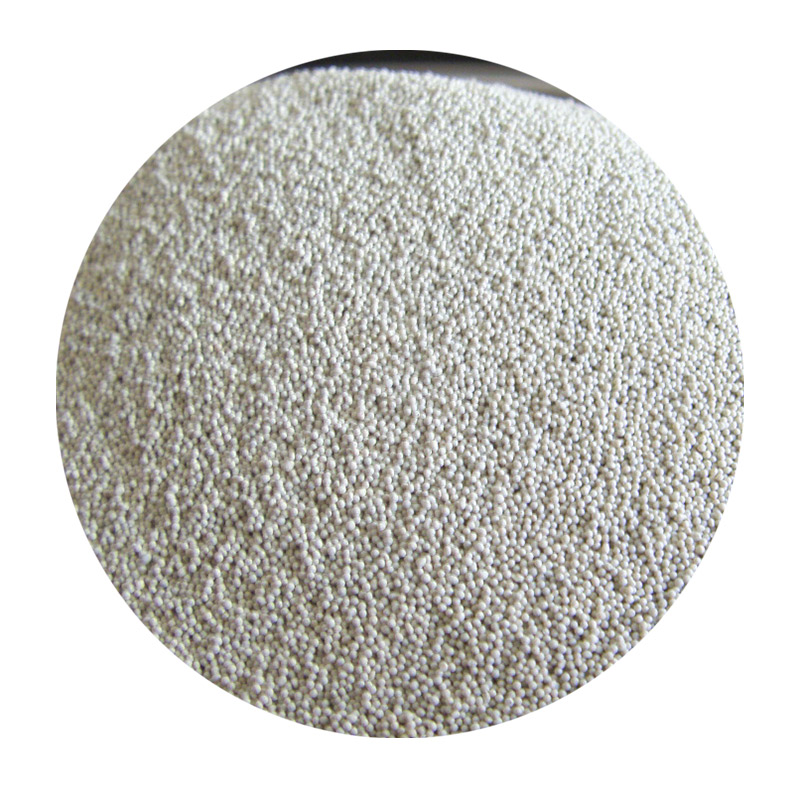The Allure of Cerabead Sand A Modern Marvel in Material Science
In the enchanting world of materials, few innovations can match the versatility and functionality of cerabead sand. A high-performance product derived from advanced ceramic technology, cerabead sand is increasingly becoming a staple across multiple industries, including construction, manufacturing, and even healthcare. Its unique properties not only improve efficiency but also contribute to sustainable practices in today's environmentally conscious world.
Understanding Cerabead Sand
Cerabead sand is a type of engineered sand formed through a specialized process that involves sintering ceramic materials. Its structure is distinguished by a uniform, spherical shape and a significant degree of porosity, which grants it remarkable physical and chemical characteristics. One of the standout features of cerabead sand is its high thermal stability, allowing it to withstand extreme temperatures without melting or deforming. This property makes it exceptionally useful in high-temperature applications such as foundries, where it is employed as a molding material that can endure the heat generated by molten metals.
Furthermore, cerabead sand exhibits excellent chemical resistance, making it suitable for use in environments that involve corrosive substances. Its impermeability means it does not absorb water or chemicals, making it a predictable, reliable material in various scenarios. The lightweight nature of cerabead sand also sets it apart from traditional sand options; it is significantly lighter, which can translate to reduced transportation costs and easier handling on-site.
Applications Across Industries
1. Construction and Aggregates In construction, cerabead sand has become a popular alternative to conventional sand for use in concrete and other construction materials. Its lightweight properties contribute to reduced weight in construction components, which can lead to lower overall costs and increased structural efficiency. Additionally, its thermal insulating properties enhance energy efficiency in buildings, making it a valuable addition to modern construction practices.
2. Metal Casting Foundries have enthusiastically adopted cerabead sand in metal casting processes due to its ability to create smooth surface finishes and intricate mold designs. Unlike traditional sands, which can be prone to defects, cerabead sand produces molds that result in higher-quality castings and reduced scrap rates. This efficiency not only enhances productivity but also improves the overall sustainability of the casting process.
cerabead sand

3. Healthcare and Biocompatibility In the healthcare sector, cerabead sand's biocompatibility makes it an ideal material for use in medical applications, including surgical instrumentation and implants. Its inert nature ensures that it does not elicit any adverse reactions in the body, making it suitable for use in various surgical procedures.
4. Water Filtration and Aquatics Cerabead sand is also used in water filtration systems due to its advanced filtration capacity. Its porous nature allows for effective trapping of contaminants while promoting water flow. Products made with cerabead sand can effectively filter out even the smallest particles, making it ideal for both industrial and residential water treatment solutions.
The Environmental Impact
In an age where sustainability is paramount, cerabead sand shines as an eco-friendly alternative to traditional materials. Its production often utilizes recycled materials, reducing the environmental footprint associated with sand extraction and transportation. Additionally, the longevity of cerabead sand products means that they require less frequent replacement, further minimizing waste.
Conclusion
Cerabead sand represents a convergence of modern technology and sustainable practices, offering a myriad of benefits across various applications. Its unique properties enable greater efficiency, higher quality outputs, and enhanced environmental stewardship, making it a forward-thinking choice for industries that strive to innovate while remaining mindful of their ecological impact.
As we move closer to a future defined by material advancements, cerabead sand stands ready to play a pivotal role, bridging the gap between durability, functionality, and sustainability. Whether in construction, manufacturing, or healthcare, the impact of cerabead sand is profound, promising a brighter, more efficient future for all. The exploration of its possibilities continues, inviting cross-disciplinary collaboration to unlock the full potential of this remarkable material.
Post time:Дек . 16, 2024 14:55
Next:sand casting definition
